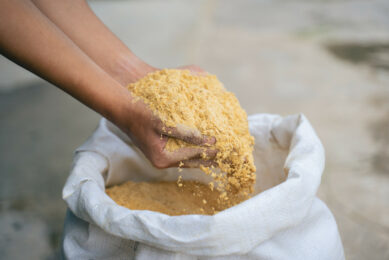Bright future for bacteria
In this blog I want to touch on the area of probiotics a little bit more. The concept of probiotics and the use of these products as feed additives has been developing since the late 1970’s, but has become more popular in animal feed since the ban of in-feed antibiotics from January 1, 2006.
In this blog I want to touch on the area of probiotics a little bit more. The concept of probiotics and the use of these products as feed additives has been developing since the late 1970’s, but has become more popular in animal feed since the ban of in-feed antibiotics from January 1, 2006.
However, how probiotics are able to exert so many positive effects is still not fully understood. Some experts even doubt that probiotic products have any effect at all on animal performance and health.
Only good for young animals?
I often hear that probiotics are mainly recommended when the health of the animal is compromised or when the digestive system of young animals is not yet fully developed. This makes sense: Why improve the gut microflora if it is already healthy and in balance?
Human physicians say probiotics are primarily of interest to people with digestive disorders (Crohn’s disease for example) or when people are undergoing antibiotic treatment. So why would it be different in animals? Of course animal production cannot be compared to human lifestyle. People are more conscious about food and are often influenced by marketing tricks that promote healthy food products, such as probiotics.
Stress
The use of probiotics in animals, on the other hand, is another discussion; commercial livestock have to grow and need to withstand the risks that come with intensive animal farming (disease pressure and stress for example). In this context, the use of probiotics might be a helpful tool to minimise these risks, especially in young animals.
How to measure?
The only issue that is not clear to me yet is the unit in which the efficacy of probiotics could be measured. Is it the number of good bacteria in the gut, or maybe the ratio good/bad bacteria, or should the efficacy be measured in how many pathogens are reduced by adding probiotics? I hope this issue will be explored further in the coming years. This will help nutritionists to better dose and use the probiotics in animal diets.
Related link :











